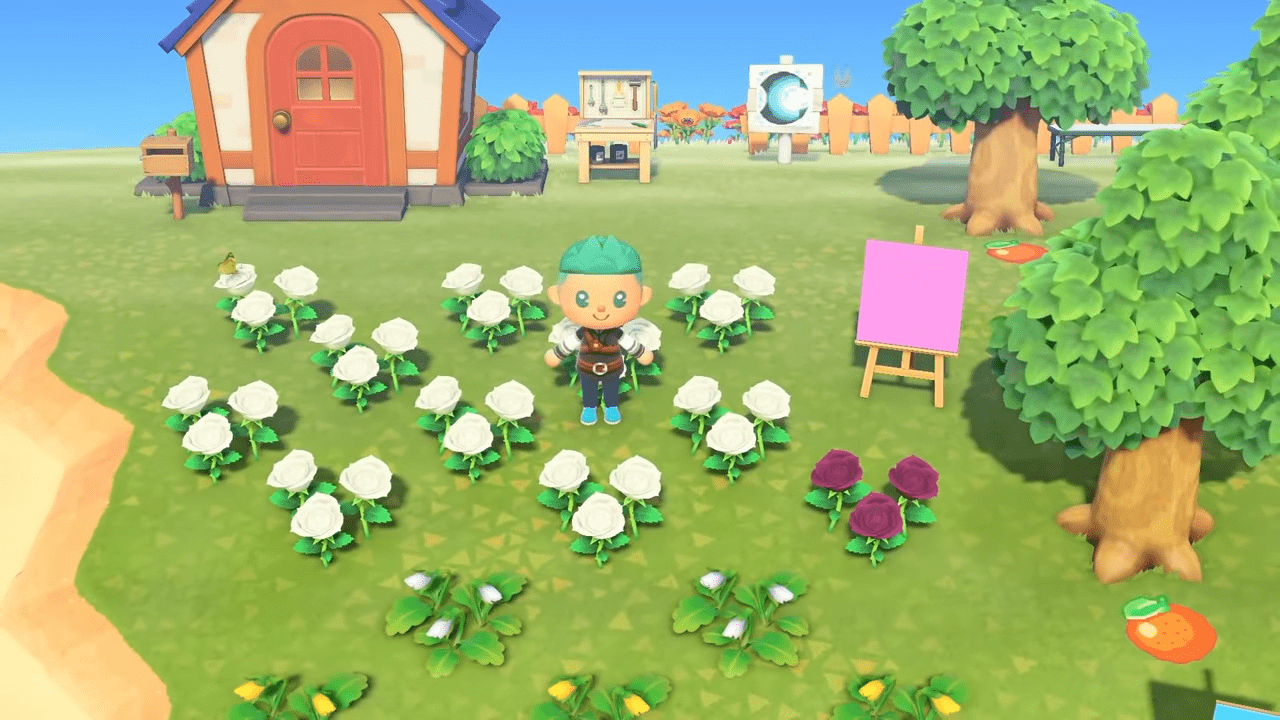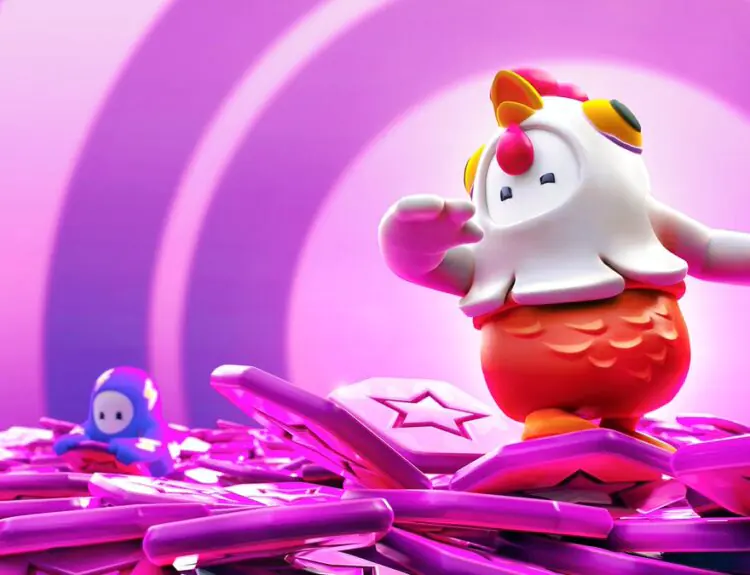With Animal Crossing: New Horizons now in full swing with millions of players enjoying the deserted island vacation experience, many are now trying to decide what they want their island to look and feel like. Both fortunately and unfortunately, many Animal Crossing mechanics have changed since the days of New Leaf, making it difficult for players to piece out some of the game’s less obvious features.
One such feature, oddly enough, seems to be flower breeding. Eschewing New Leaf’s simple flower crossbreeding mechanics, it seems that New Horizons has opted for a system a bit more intensive, requiring the player to have an (if basic) background knowledge of Mendelian genetics. Yep, that’s right–your junior high biology lesson on Punnett Squares is actually going to come in handy.
In previous games, flower cross-breeding was rather simple. Certain color combinations would produce certain offspring; a red and a white flower would produce a pink offspring, a red and a yellow flower would produce an orange, with different flowers having limited amounts of colors available. However, thanks to a little data mining by Animal Crossing fan Aeter (Aeter#9823) on Discord, we now know that this system was expanded extensively with the release of Animal Crossing: New Horizons. It’s all actually rather simple, once you have a decent grasp on it. (Warning: the following content is information-dense.)
To have a grasp on the flower cross-breeding mechanics of AC:NH, you need to know just a bit about genetics. Crash Course Videos on YouTube is recommended if you’re not already caught up on the basics. Essentially, what you need to know is that certain color genes are represented by different letter combinations. Some flowers will have the presence of multiple colors in their genes, but the overall combination will determine what color the flower blooms as.
The Rr gene controls whether a flower is red based or not. Red based flowers are red, black, pink, and orange. Non-red are yellow, white, and purple. (Note: Not all flowers with the R gene will be red-based since other genes can cover it, but a flower with the genes rr will never be red-based.) RR or Rr = red-based flower, rr = non-red flower.
The Yy gene controls whether a flower has any yellow in it (yellow or orange). Other genes can sometimes cover this gene up though. The same note for the Rr gene applies here. YY or Yy = yellow or orange, yy = non-yellow.
Ww controls whether a white flower will be white or show its underlying color: either purple or blue depending on the species. White flowers are fairly recessive to most colors, so this gene will only have an effect if the white isn’t getting covered by reds, yellows, or other colors. WW or Ww = white, ww = purple or blue
The Ss gene controls which shade the red-based flower will be. Pink is the lightest shade, red is the middle, and black is the darkest. This gene has no effect on non-red flowers. Note that in species without the S gene, pink is instead obtained by certain interactions between the R and W gene. SS = pink (sometimes red in some species), Ss = red, ss = black (or orange when combined with yellow)
Easy to understand, right? So now, we look at how these genes interact to get certain colors to show up. It’s important to note that roses are the only flower in which all four genes (R, W, S, Y) are present; all other flowers have three. Since roses are the most complicated and have the most colors, they’ll be used as an example.
Every seed that you get from Nook’s Cranny will have set genes, so it’s best to use them to start your initial breeding in order to keep track of your offspring. Red seed roses are expressed as RR-yy-WW-Ss. So we see that the RR determines the flower will be red, the yy and the ww determine that the flower will not show up as yellow or white, due to a lack of presence or getting covered up by the more dominant color (RR, or red) and Ss shows us that since the color has been determined to be RR, the shade of red the flower will show up as, in this case just red.
It’s recommended to look more into it if you want to fully immerse yourself in the world of flower cross-breeding. You can find the link in the description of the video above.







